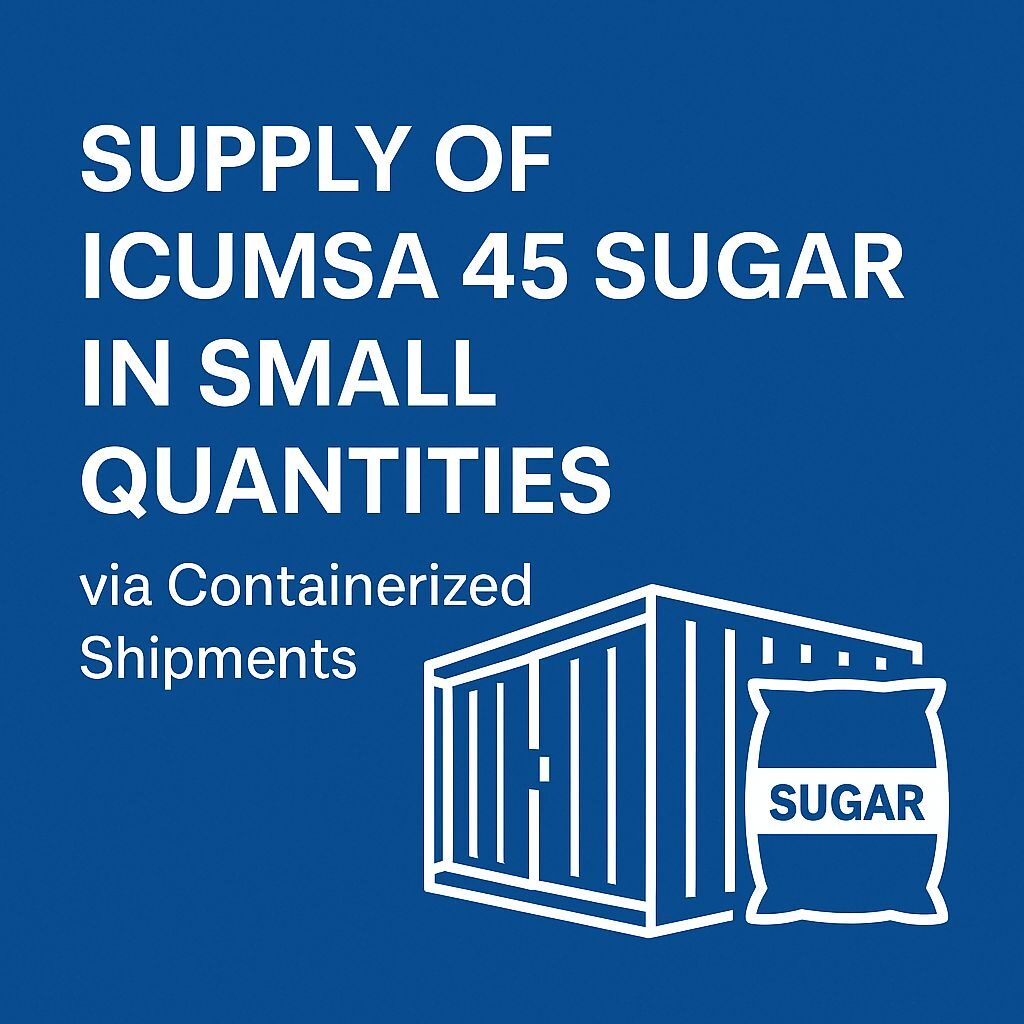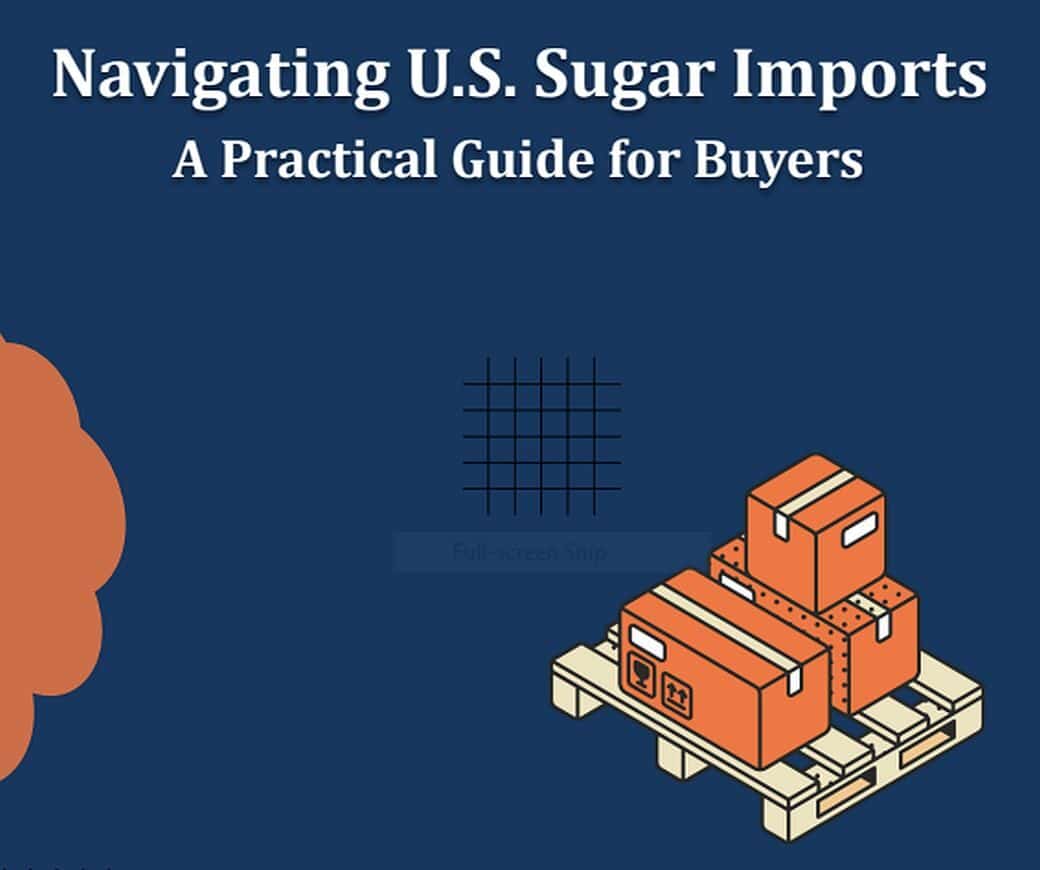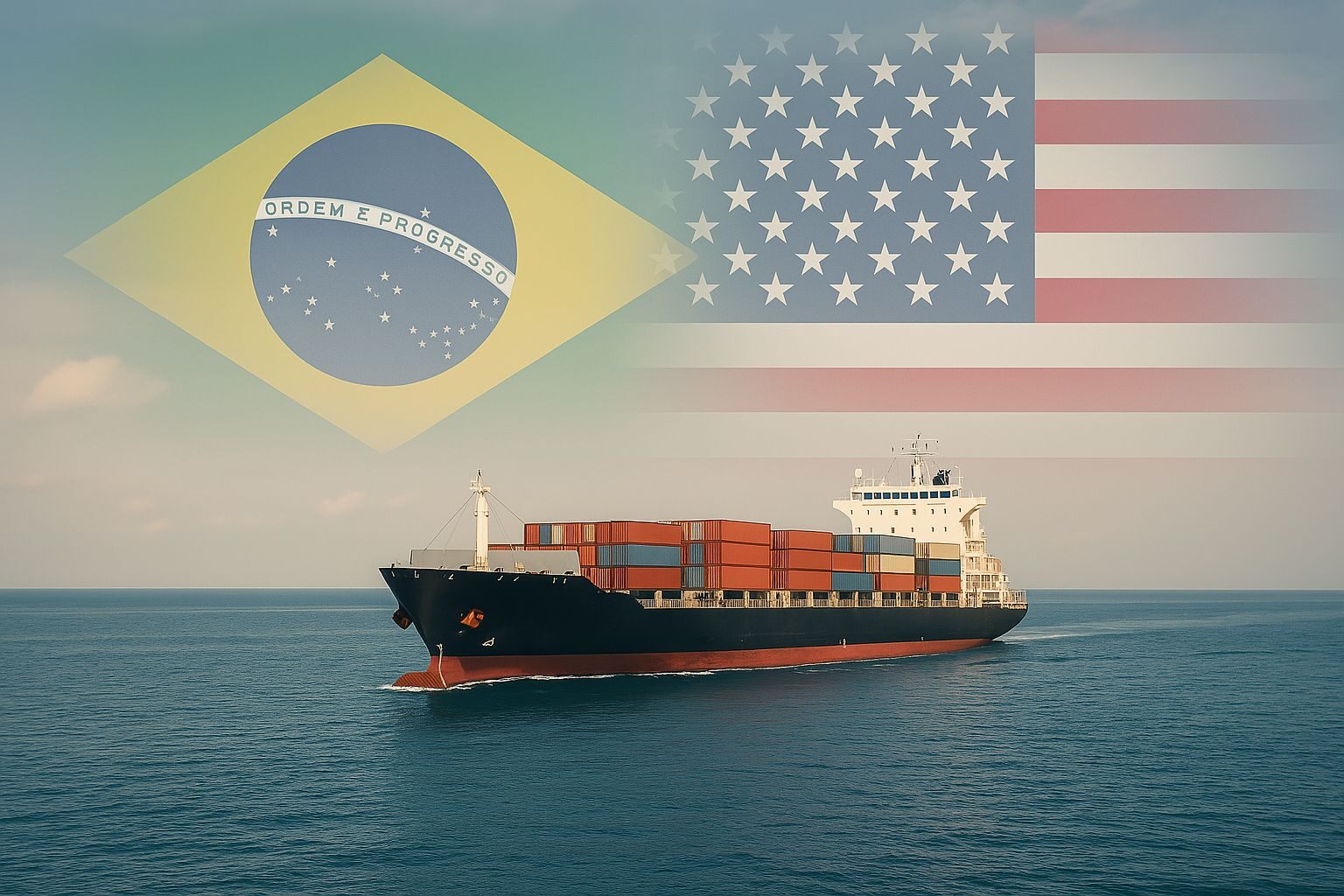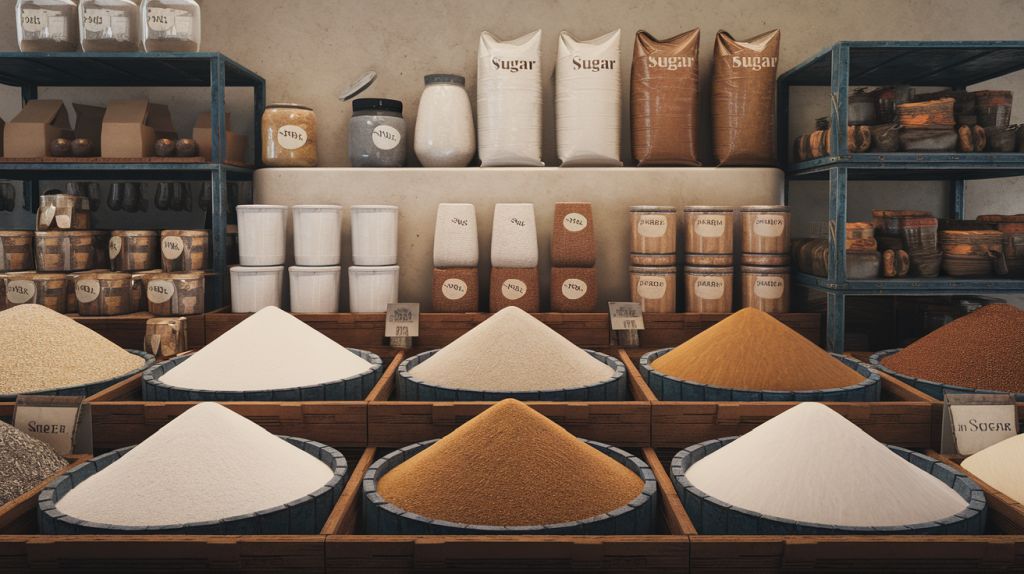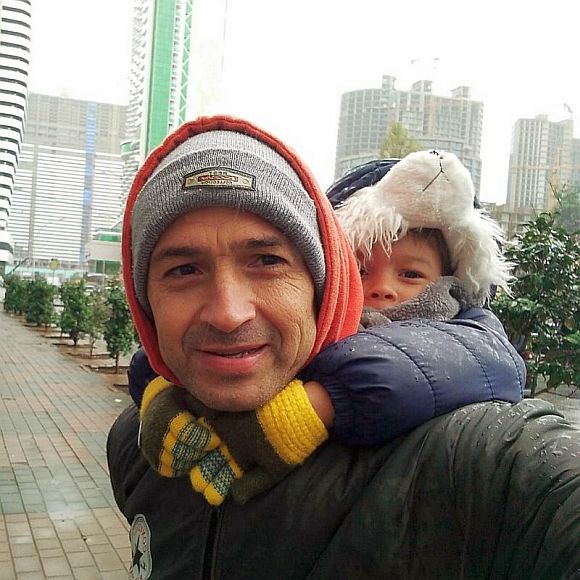A Comprehensive Guide to International Sugar Trading
The global sugar trade is a complex and dynamic market, with millions of tons changing hands daily across international borders. For aspiring and seasoned traders alike, navigating this intricate landscape requires a deep understanding of market fundamentals, trading mechanisms, and risk management strategies.
This comprehensive guide aims to equip sugar traders with the knowledge and insights necessary to thrive in this competitive arena.
Understanding the Global Sugar Market
Production Landscape
Sugar production is a global endeavor, with key players including Brazil, India, Thailand, and the European Union. Each region has its unique production profile, influenced by factors such as climate, agricultural practices, and government policies.
Brazil: The world’s largest sugar producer and exporter, accounting for approximately 20% of global production and over 40% of exports. Brazilian sugar is primarily derived from sugarcane, with a highly efficient and export-oriented industry. The country’s production is closely tied to ethanol markets due to its flex-fuel vehicle fleet.
India: The second-largest producer globally, with production primarily focused on meeting domestic demand. India’s sugar industry is heavily regulated, with government-set minimum prices for sugarcane and export quotas that can significantly impact global markets.
Thailand: A major exporter, particularly to Asian markets. Thai sugar production is known for its high-quality and competitive pricing.
European Union: Following reforms in 2017, the EU transitioned from a net importer to a net exporter. Production is primarily from sugar beets, with varying levels of efficiency across member states.
United States: A significant producer and importer, with a complex system of tariff-rate quotas and domestic support programs.
Traders must stay abreast of production forecasts, as unexpected surpluses or shortfalls can significantly impact global prices.
Climate events, such as droughts or floods in major producing regions, can cause ripple effects throughout the market.
For instance, the severe drought in Brazil in 2021 led to a significant reduction in sugar production, causing global prices to surge.
Consumption Trends
Global sugar consumption patterns are evolving, influenced by changing dietary habits, economic development, and health concerns.
While traditional markets like the United States and Europe are seeing stagnant or declining per capita consumption, emerging economies in Asia and Africa are experiencing growth in sugar demand.
Key consumption trends include:
1. Health consciousness: Increasing awareness of sugar’s health impacts is driving demand for alternative sweeteners and reduced-sugar products in developed markets.
2. Urbanization: As populations in developing countries become more urban, processed food consumption tends to increase, driving sugar demand.
3. Economic growth: Rising incomes in emerging markets correlate with increased sugar consumption, particularly in countries like China and India.
4. Population growth: Overall global population growth continues to support increased sugar demand, especially in Africa and Asia.
5. Industrial use: Beyond direct consumption, sugar is widely used in food processing, beverages, and other industrial applications, which continue to grow globally.
Traders should monitor demographic trends, urbanization rates, and shifts in consumer preferences towards alternative sweeteners. These factors can provide valuable insights into long-term market dynamics.
Price Drivers
Sugar prices are notoriously volatile, influenced by a myriad of factors:
1. Weather conditions: Extreme weather events in key growing regions can significantly impact production. For example, droughts in Brazil or monsoon failures in India can lead to sharp price increases.
2. Government policies: Subsidies, import/export regulations, and ethanol mandates can dramatically affect sugar markets. For instance, changes in Brazil’s ethanol policies can shift the balance between sugar and ethanol production from sugarcane.
3. Currency fluctuations: The Brazilian Real’s value significantly impacts global sugar prices, as Brazil is the largest exporter. A weaker Real makes Brazilian sugar more competitive on the global market.
4. Energy prices: Due to the link between sugar and ethanol production, particularly in Brazil, oil prices can influence sugar markets. Higher oil prices can incentivize more ethanol production, reducing sugar supply.
5. Global economic conditions: Economic growth or recession can affect overall demand for sugar, particularly in emerging markets.
6. Speculative activity: Large-scale buying or selling by investment funds can amplify price movements in the short term.
7. Stock levels: Global sugar stocks-to-use ratio is a key indicator of market tightness or surplus.
8. Trade disputes: Tariffs or trade tensions between major producing and consuming countries can disrupt normal trade flows and impact prices.
Successful traders develop a holistic understanding of these interrelated factors to anticipate market movements.
Trading Mechanisms
Futures Markets
The most liquid avenue for sugar trading is through futures contracts, primarily on the Intercontinental Exchange (ICE). The two main contracts are:
1. Sugar No. 11: The global benchmark for raw sugar trading
– Contract size: 112,000 pounds (50.8 metric tons)
– Pricing: US cents per pound
– Delivery months: March, May, July, October
2. White Sugar No. 5: Focused on refined sugar
– Contract size: 50 metric tons
– Pricing: US dollars per metric ton
– Delivery months: March, May, August, October, December
Futures allow traders to speculate on price movements or hedge physical positions. Understanding contract specifications, delivery months, and basis relationships is crucial for effective futures trading.
Key concepts in sugar futures trading:
– Contango and backwardation: Understanding the relationship between near-term and longer-dated futures contracts.
– Spread trading: Capitalizing on price differentials between different contract months or between raw and white sugar.
– Delivery process: Knowing the intricacies of physical delivery, including quality specifications and delivery locations.
Options Trading
Sugar options provide traders with additional flexibility and risk management tools. Call options grant the right to buy sugar at a predetermined price, while put options confer the right to sell. Options strategies can be employed to limit downside risk or generate income through premium collection.
Common options strategies in sugar trading include:
1. Protective puts: Used by producers to set a floor price while retaining upside potential.
2. Covered calls: Can be used by holders of physical sugar or long futures positions to generate additional income.
3. Straddles and strangles: Used to capitalize on expected volatility without predicting direction.
4. Butterflies and condors: Complex strategies used to profit from specific price ranges.
Physical Trading
For those involved in the physical movement of sugar, understanding quality specifications, logistics, and documentary requirements is paramount. Key considerations include:
1. Quality specifications:
– Raw sugar: Measured primarily by polarization (typically 96-98 degrees)
– Refined sugar: ICUMSA ratings (lower numbers indicate whiter sugar)
2. Logistics:
– Vessel chartering: Understanding Panamax, Handymax, and other vessel types
– Freight rates: Monitoring Baltic Dry Index and other shipping cost indicators
– Port infrastructure: Knowledge of loading/unloading capabilities at origin and destination ports
3. Documentation:
– Sales contracts: Familiarity with standard contract terms (e.g., FOSFA, SAL)
– Letters of credit: Understanding different types (e.g., confirmed, irrevocable) and their implications
– Bills of lading: Importance in transferring ownership and securing payment
4. Origin and destination requirements:
– Export licenses and quotas
– Import permits and tariffs
– Phytosanitary certificates
5. Warehousing:
– Storage costs and considerations
– Managing inventory levels and turnover
Navigating International Regulations
Trade Agreements
The sugar market is heavily influenced by international trade agreements and quota systems. Notable examples include:
1. European Union:
– Preferential import quotas for ACP (African, Caribbean, and Pacific) countries and Least Developed Countries (LDCs)
– Post-2017 reforms: Abolition of production quotas and minimum beet prices
2. United States:
– Tariff-rate quota (TRQ) system allocating specific import volumes to different countries
– Free trade agreements impacting sugar trade (e.g., USMCA, CAFTA-DR)
3. Regional agreements:
– MERCOSUR in South America: Facilitating trade between Brazil, Argentina, Paraguay, and Uruguay
– ASEAN Free Trade Area (AFTA): Impacting sugar trade in Southeast Asia
4. World Trade Organization (WTO) rulings:
– Disputes and resolutions affecting global sugar trade (e.g., Australia-EU dispute on export subsidies)
Traders must stay informed about these agreements and their potential impacts on supply and pricing dynamics. Changes in trade policies can create both opportunities and risks in the market.
Phytosanitary Regulations
Many countries impose strict phytosanitary requirements on sugar imports to prevent the spread of pests and diseases. Compliance with these regulations is essential to avoid costly rejections or delays at ports of entry.
Key aspects of phytosanitary compliance:
1. International Plant Protection Convention (IPPC) standards
2. Country-specific import requirements and certifications
3. Fumigation and treatment protocols
4. Packaging and labeling standards
5. Inspection and testing procedures at origin and destination
Risk Management Strategies
Market Risk
To mitigate price volatility, traders employ various hedging strategies:
1. Futures hedging:
– Long hedges for consumers to protect against price increases
– Short hedges for producers to lock in selling prices
– Rolling hedges to manage long-term price exposure
2. Options strategies:
– Protective puts and calls
– Collars to establish price ranges
– Synthetic positions using combinations of options and futures
3. Over-the-counter (OTC) swaps:
– Customized risk management solutions
– Basis swaps to manage differentials between physical and futures prices
– Structured products combining various derivatives
4. Cross-commodity hedging:
– Using correlated commodities (e.g., corn for HFCS production) to manage sugar price risk
Counterparty Risk
When engaging in physical trades, assessing the creditworthiness of counterparties is crucial. Utilizing tools such as letters of credit, performance bonds, or credit insurance can help mitigate default risk.
Key strategies for managing counterparty risk:
1. Due diligence on trading partners
2. Setting and monitoring credit limits
3. Utilizing credit enhancement tools (e.g., parent company guarantees)
4. Implementing netting agreements to reduce exposure
5. Diversifying counterparty exposure across multiple entities
Operational Risk
Implementing robust systems and processes for trade execution, documentation, and logistics management is essential to minimize operational errors and inefficiencies.
Best practices for operational risk management:
1. Implementing comprehensive trade management systems
2. Establishing clear segregation of duties and approval processes
3. Regular internal audits and controls
4. Ongoing staff training and development
5. Business continuity and disaster recovery planning
6. Cybersecurity measures to protect sensitive trade information
Emerging Trends and Future Outlook
Technological Advancements
The sugar trading industry is increasingly adopting new technologies to enhance efficiency and transparency:
1. Blockchain: Potential applications in trade finance, supply chain tracking, and contract execution.
2. Artificial Intelligence: Use in price forecasting, risk assessment, and trade optimization.
3. Big Data Analytics: Leveraging vast data sets to gain market insights and competitive advantages.
Sustainability and Ethical Sourcing
Growing consumer awareness and regulatory pressures are driving a focus on sustainable and ethical sugar production:
1. Certification schemes (e.g., Bonsucro, Fairtrade) gaining importance in certain markets.
2. Increased scrutiny on labor practices and environmental impacts in sugar-producing regions.
3. Development of more sustainable production methods and technologies.
Alternative Sweeteners
The rise of alternative sweeteners poses both challenges and opportunities for sugar traders:
1. Growing market for natural sweeteners like stevia and monk fruit.
2. Continued development of artificial sweeteners.
3. Potential for blending strategies to meet evolving consumer preferences.
Climate Change Impacts
Long-term climate trends are likely to significantly affect sugar production and trade:
1. Shifting production zones due to changing temperature and rainfall patterns.
2. Increased frequency of extreme weather events affecting crop yields.
3. Potential for new pests and diseases in traditional growing regions.
Success in international sugar trading demands a multifaceted approach, combining market intelligence, technical expertise, and rigorous risk management.
By developing a comprehensive understanding of the global sugar ecosystem and staying adaptable in the face of changing market conditions, traders can position themselves to capitalize on opportunities in this sweet yet challenging commodity market.
As you embark on or continue your journey in sugar trading, remember that continuous learning and adaptation are key. Stay informed about global production trends, consumption patterns, and regulatory changes.
Build a strong network within the industry to gain valuable insights and opportunities. Develop a robust risk management framework that addresses market, counterparty, and operational risks.
Furthermore, keep an eye on emerging trends that may reshape the industry, such as technological advancements, sustainability initiatives, and the evolving landscape of sweeteners.
By staying at the forefront of these developments, you can anticipate market shifts and position yourself advantageously.
The world of international sugar trading offers substantial rewards for those who can successfully navigate its complexities.
With dedication, expertise, and a commitment to ongoing education, you can thrive in this dynamic and challenging market.
Remember that every trade, whether successful or not, provides an opportunity to learn and refine your strategies.
Embrace the complexity, manage your risks judiciously, and always be prepared to adapt to the ever-changing sweet science of sugar trading.

